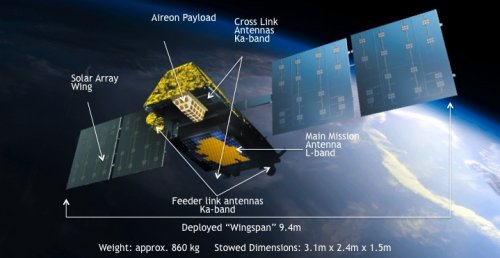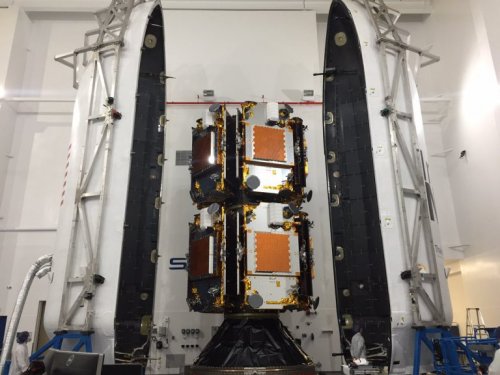cluttonfred said:Michel Van said:There were allot of speculation on who culprits, the french media made speculation about CIA agents or US aerospace industry...
Or maybe someone just dropped a rag?
That's much more common than sabotage. Hospitals often have one person in a surgery team count what goes in and out of a patient (tools, bandages etc.) to make sure nothing gets forgotten and stays inside when the patient is sown up.



